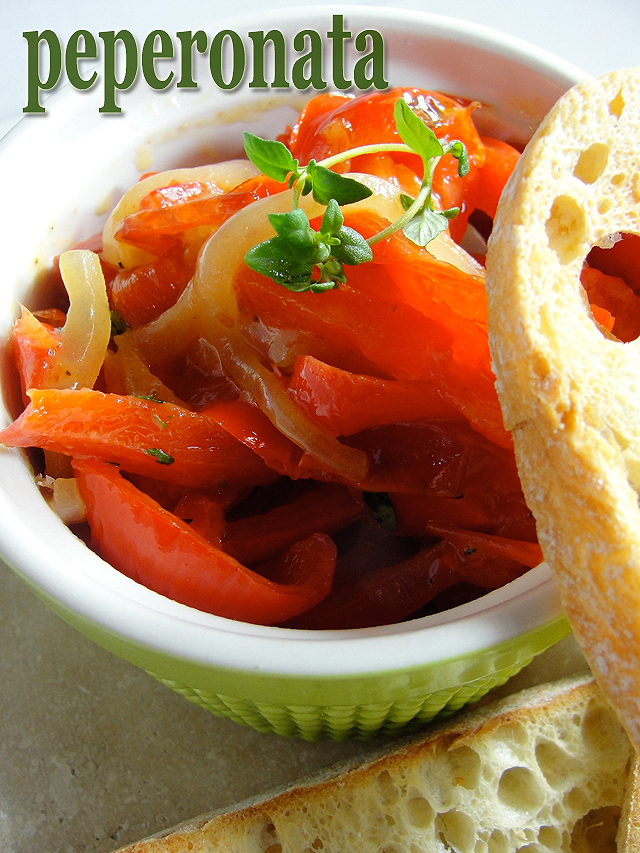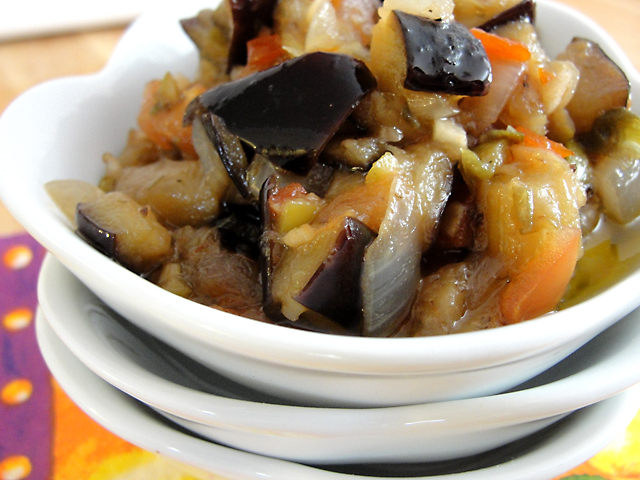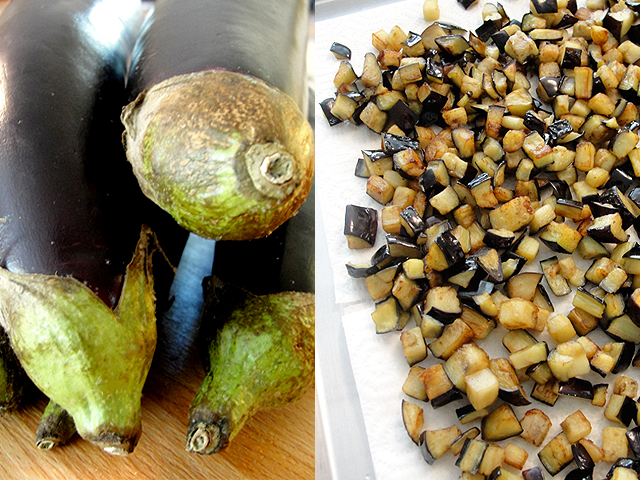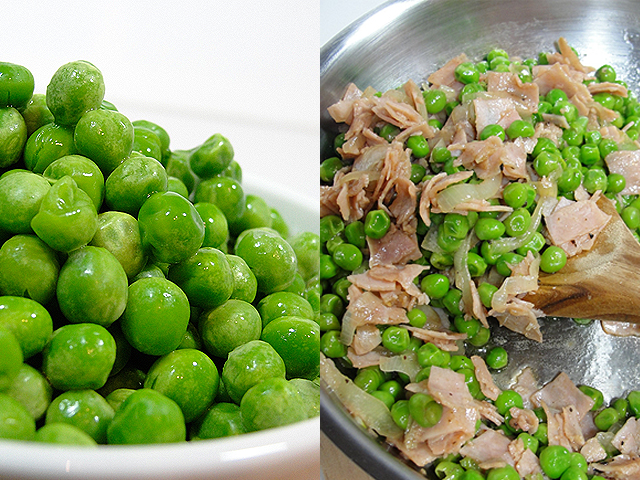Peperonata
 After checking the photo above, you are probably wondering if we eat actual food around these parts. Especially since my latest post have been about sweets, dips and spreads.
After checking the photo above, you are probably wondering if we eat actual food around these parts. Especially since my latest post have been about sweets, dips and spreads.
Nothing of substance, as in a meal.
Would you believe me if I told you I have never cooked so much food as I had in the past 2 weeks? I have made fresh past to build lasagna (not once, but twice!), I have made Bolognese sauce, and a béchamel sauce all to help built that before mention lasagna. I have cooked a risotto and some shrimp scampi.
Yeah, I have.
So to respond to your next question, “where in the hell are the post to those?”
Let me enlighten you:
The lasagna and everything that took to built it (pasta, bolognese and béchamel sauce) got cooked in the middle of the night – meaning not enough light to take good pictures, so that means it has been put on the redo list. The risotto is coming, since its part of the Daring Cooks February challenge, which I’m so totally late on the posting. And the shrimp scampi, was such a last minute thing, I totally forgot to take pictures of the whole thing before my family wobbled up the whole dish.
But, I do have this recipe and like the Eggplant Dip that I posted a couple of weeks ago, this one comes from “la Nonna” as well, except with a couple of different twist here and there that I have added over the years to bring the original to such a high standard, that the whole family adapted to it.
Ingredients
3 red (or combinations of yellow, red and orange) bell peppers.
1 large yellow onion
3 tablespoon of butter
2 tablespoon of olive oil
2 tablespoon sugar
Lime zest – about 2 teaspoons (optional)
¼ cup of lime juice (about 2 limes, if small, one if large)
Salt (to taste)
Cracked pepper (to taste)
Fresh herb of choice roughly chopped/shred (Basil, thyme, mint, oregano)
Wash, stem and seeds the peppers. Cut them in julienne fashion or in squares (this is really up to you, I like the long strings)
Peel the onion and slice thinly.
In a deep frying pan over moderate-high flame, melt the butter and olive oil together for about 2-3 minutes just to the point where the butter is foamy (don’t let the butter burn).
Add the onions and peppers. Add a bit of salt and pepper at this point and cook another 2-3 minutes. Pour the lime juice, stir and cover. This will help sweat the peppers and coat them with the acidity of the lime juice. Leave for about 2-3 minutes.
Uncover, add the sugar and stir. At this point, you can see a bit of sauce at the bottom of the pan, if the dish is a bit dry, you can add a bit more of olive oil and butter. (About 1 tablespoon of each). Lower the heat to low flame and cook until the pepper are soft, about 12 minutes or so.
The last step is to add your choice of herb to the cooked peperonata. I always tend to use basil or thyme which pairs nice with the freshness of the lime. I also add the lime zest as well at this stage.
Pour into a serving platter, and set aside. The dish is usually served lukewarm.





